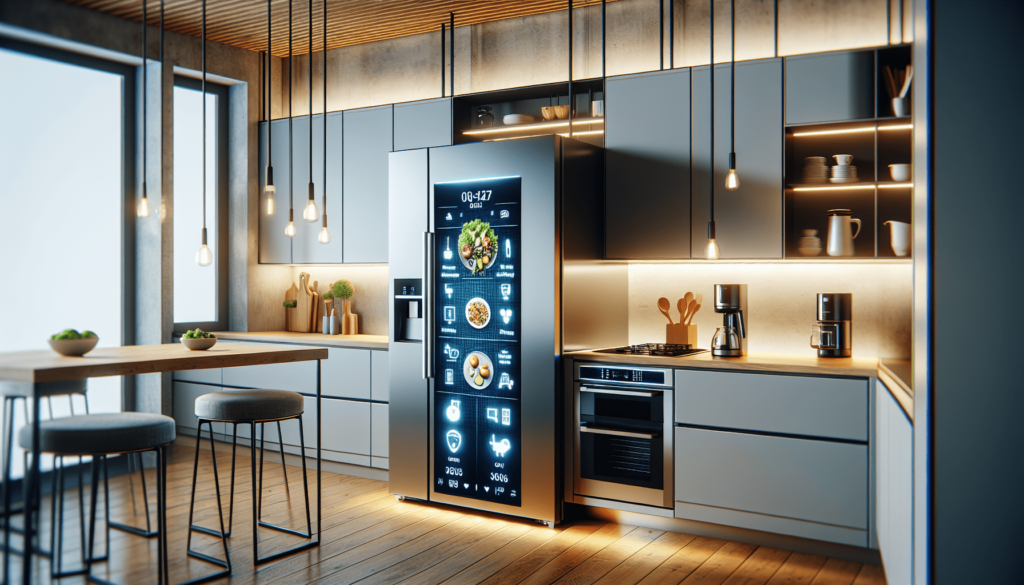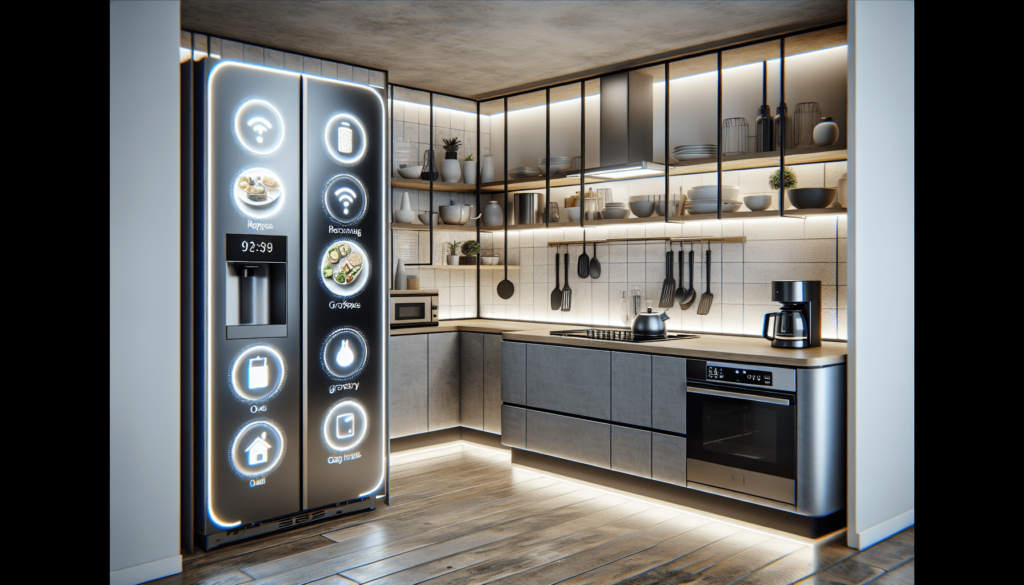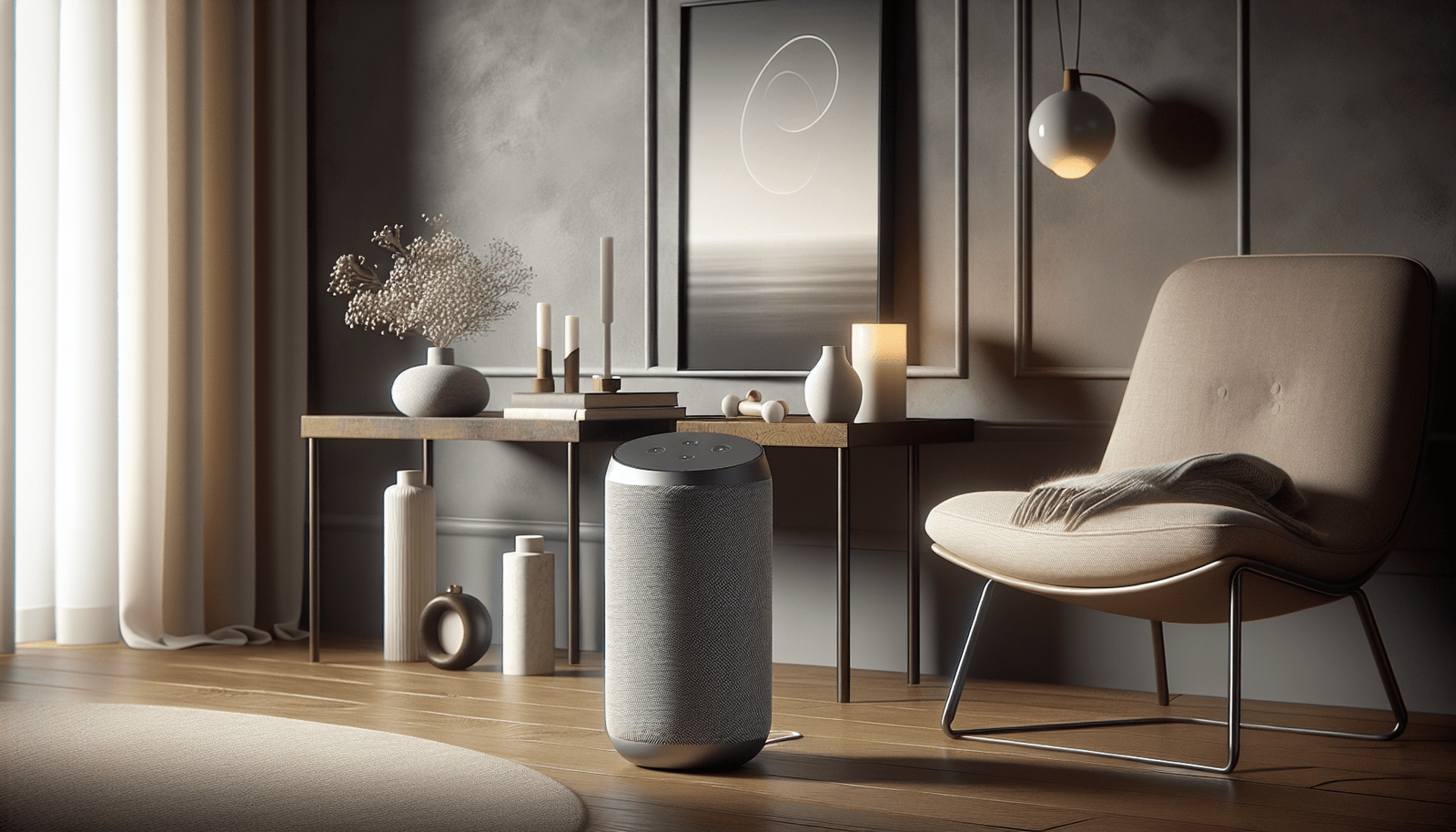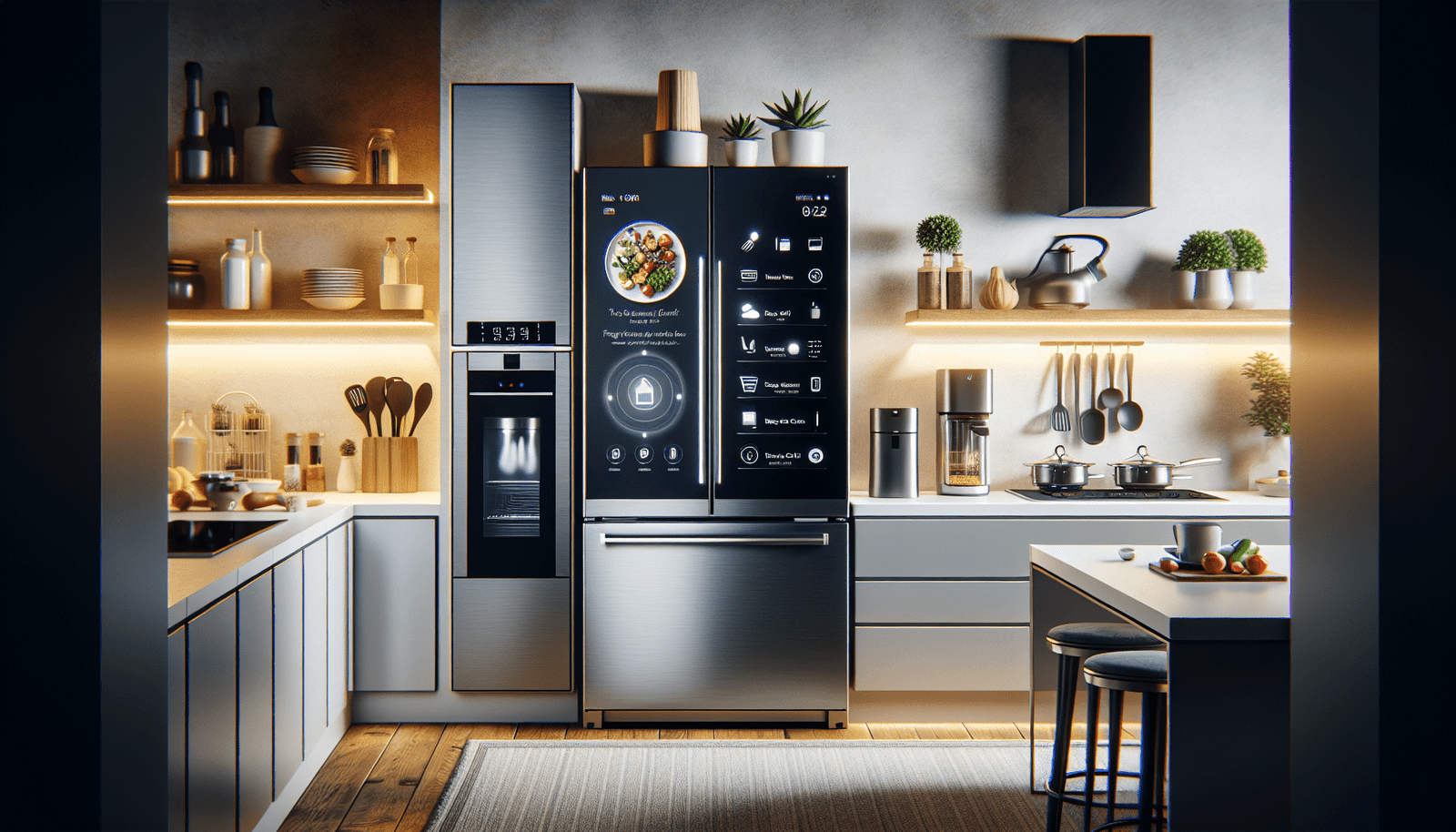Have you ever wondered how integrating smart technology into your kitchen could transform your cooking experience? With the rise of smart kitchen appliances, the way you prepare, cook, and manage your meals is being revolutionized, providing convenience, efficiency, and precision like never before. Whether you’re a tech enthusiast eager to explore the latest innovations or someone seeking a more efficient meal-preparation routine, this guide will walk you through essential aspects of smart kitchen appliances, from their functionality and benefits to setup, integration, and maintenance.

Understanding Smart Kitchen Appliances
Smart kitchen appliances aren’t just cool gadgets but significant enhancements to traditional cooking appliances, integrating advanced technology to make your kitchen tasks more intuitive and seamless. Imagine preheating your oven from your smartphone while you’re commuting home, or being able to look inside your fridge via a camera to check if you need more milk while at the grocery store.
The primary characteristic of smart appliances is their connectivity, usually via Wi-Fi, allowing them to communicate with other devices or mobile apps. They’re often compatible with voice-controlled systems like Amazon Alexa or Google Assistant, making operations as easy as speaking your instructions. The ultimate goal of these devices is to minimize manual effort, optimize energy efficiency, and enhance your culinary creativity with precision tools.
The Benefits of Embracing a Smart Kitchen
Investing in smart kitchen technology brings numerous benefits. Here are some reasons why transforming your kitchen could be worthwhile:
-
Convenience and Time-Saving: Automate routine tasks and control your appliances remotely.
-
Energy Efficiency: Many smart devices come with energy-saving settings, leading to reduced electricity bills.
-
Enhanced Cooking Precision: Cook with more accuracy using timers and sensors to achieve the perfect results.
-
Improved Food Safety: Smart sensors can alert you if food is stored at an unsafe temperature.
-
Personalized Cooking Preferences: Devices learn your habits and preferences for tailored cooking suggestions.
Key Smart Kitchen Appliances to Consider
Not all smart kitchen appliances will suit everyone’s needs, as they vary in functionality and use case. Here’s a rundown of some top-rated devices for you to consider:
Smart Refrigerators
smart refrigerators are among the most popular smart kitchen appliances. They aren’t just for keeping your food cold; they can track expiration dates, create shopping lists, and connect to your smartphone, offering a more interactive and organized cooking experience.
| Features | Benefits |
|---|---|
| Internal cameras | Check contents from anywhere. |
| Touchscreen interface | Access recipes, music, or calendars directly. |
| Connectivity | Sync with smartphone apps for inventory tracking. |
| Energy management | Optimize cooling and energy use dynamically. |
Smart Ovens and Ranges
Smart ovens provide precise temperature control and allow you to start preheating from a mobile app even before you reach home. They offer programmable cooking modes and can send alerts to your phone when your dish is ready.
Smart Dishwashers
Setting your dishwasher remotely to start at low electricity rate times is environmentally friendly and cost-effective. Advanced models include sensors that adjust water usage based on load size and cleanliness requirements.
Smart Coffee Makers
Start your coffee brewing while still in bed by connecting your coffee maker with your smartphone. Many models offer customizable brew strengths and cup size options, enhancing your coffee-drinking experience.
Setting Up Your Smart Kitchen
Transitioning to a smart kitchen doesn’t need to be overwhelming. Here’s a practical guide on setting up and integrating smart appliances effectively:
Planning Your Layout
Begin by evaluating your kitchen layout and identifying where smart appliances would offer the most convenience. Consider power supply points and ensure your Wi-Fi coverage is robust in those areas.
Connecting Devices
Ensure each device is connected to your home’s Wi-Fi network and the appropriate smartphone app. This connection enables remote control and allows for the integration of voice-controlled technology.
Automation and Integration
Streamline your kitchen functions by automating routine tasks. For example, set your smart lighting to dim when it’s time for dinner or create a morning routine that includes brewing a coffee and starting the oven.
Energy Considerations
Integrate your smart kitchen with renewable energy sources, like solar panels, to maximize efficiency and minimize environmental impact. Smart meters can also help in monitoring and reducing energy consumption.
Enhancing Meal Prep and Efficiency with Smart Appliances
Cooking with smart devices can significantly enhance your experience in the kitchen:
Precision Cooking
Appliances equipped with sensors and programmed modes allow precise control over the cooking process. Sous-vide machines, for example, maintain perfect water temperature for consistent results, while smart ovens adjust themselves based on the dish.
Recipe Assistance
Many smart appliances like smart ovens and fridges offer recipe suggestions based on the ingredients you have or provide step-by-step guides directly from their touchscreens or through apps.
Time-Efficiency
With syncing capabilities, start cooking your meal before you arrive home. Your oven or slow cooker can be pre-programmed remotely, ensuring food is hot and ready right when you walk in the door.
Cost and Waste Reduction
Smart refrigerators and pantry sensors track food usage and expiration dates to minimize spoilage and excessive shopping, which saves money and food waste.

Staying Updated with Smart Kitchen Trends
Artificial Intelligence and Machine Learning
AI in smart kitchens is evolving, with some devices utilizing machine learning to predict user preferences, suggest meal plans, and track dietary patterns. This technology aims to create highly personalized and flexible cooking environments.
The Role of 5G
Next-generation connectivity will further enhance the capabilities of smart kitchens, enabling faster response times, higher data transfer rates, and more reliable device consistency.
More Integrations with Augmented Reality
In the future, AR could transform how you interact with your kitchen, offering immersive experiences such as virtual cooking classes, ingredient visualization, and more hands-on learning opportunities.
Keeping Your Smart Kitchen Running Smoothly
Routine Maintenance
Conduct regular maintenance checks to ensure longevity and optimal performance of your devices. This includes updating software, checking for technical glitches, and cleaning appliances thoroughly.
Troubleshooting Common Issues
Be prepared to troubleshoot common issues such as connectivity drops, malfunctioning sensors, and disruptions in automated tasks. Knowledge of basic troubleshooting techniques can save downtime and prevent frustration.
Cybersecurity Measures
As with any connected device, it’s vital to keep your smart kitchen appliances secure from cyber threats. Update passwords regularly, enable two-factor authentication, and ensure your Wi-Fi network is encrypted.
Final Thoughts
A smart kitchen promises not only a high-tech upgrade but a transformation in how you approach cooking and household management. By understanding the benefits and capabilities of smart appliances, setting up and integrating these devices correctly, and staying informed about emerging trends and practices, you can maximize convenience, efficiency, and enjoyment in your culinary endeavors. Whether you are just beginning to explore or are ready to fully embrace smart kitchen technology, the innovation and convenience offered by these appliances are likely to redefine your cooking experience.
Disclosure: As an Amazon Associate, I earn from qualifying purchases.





